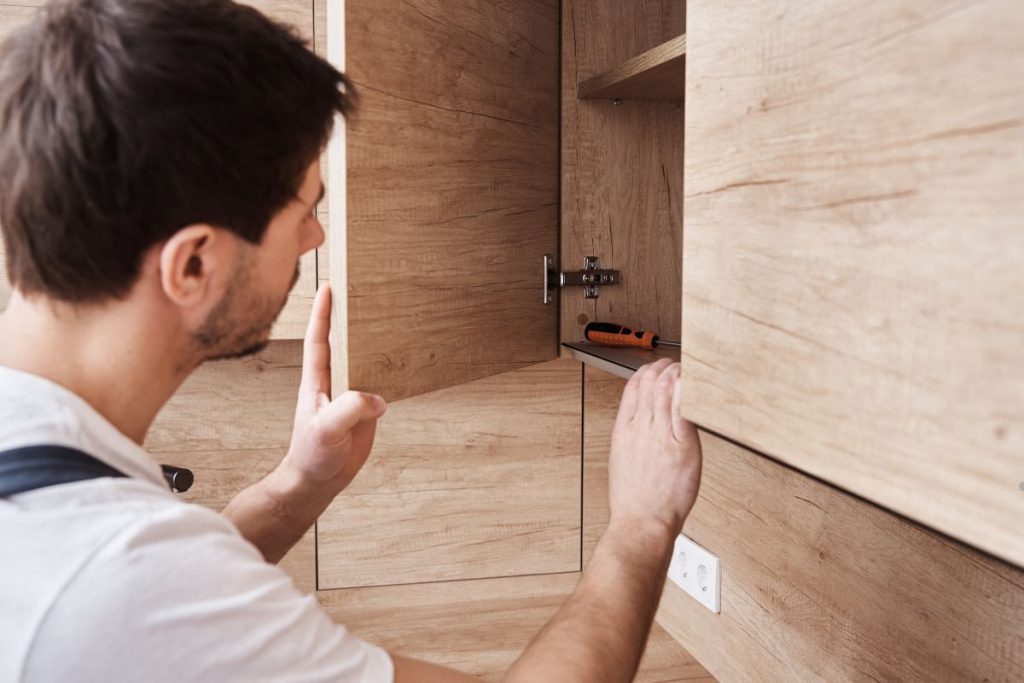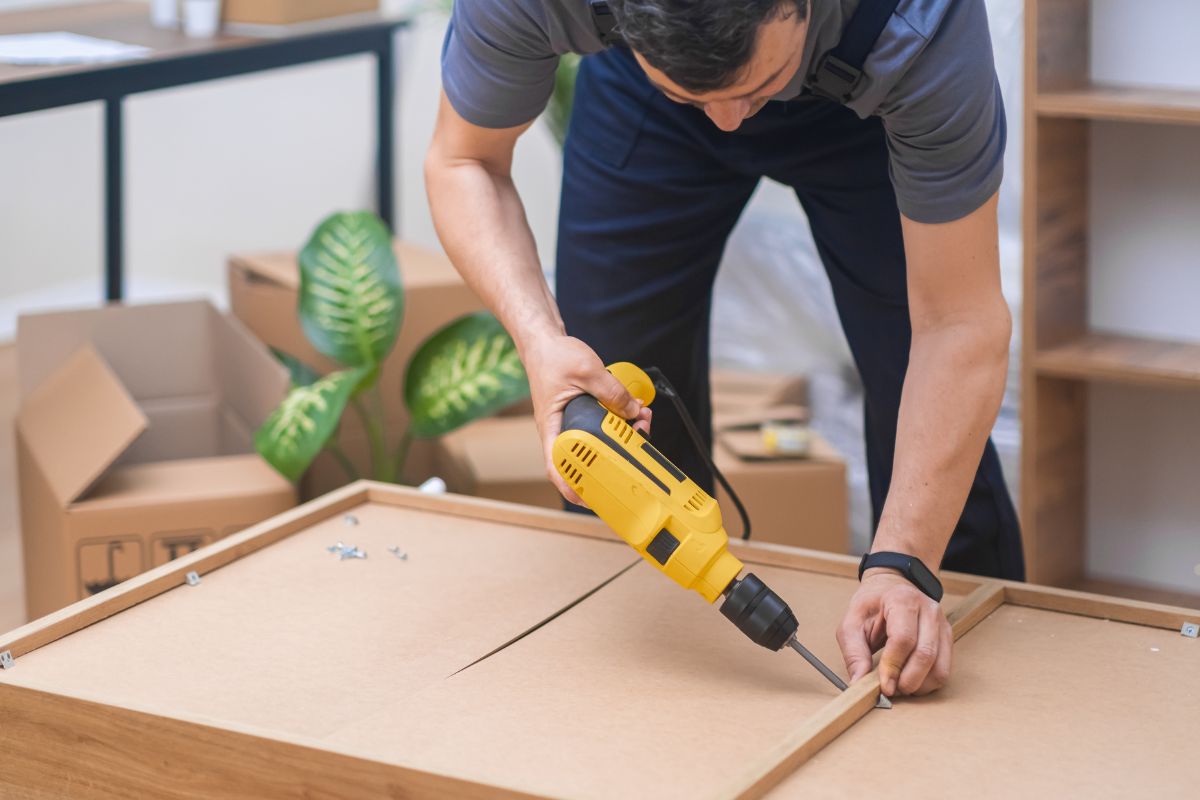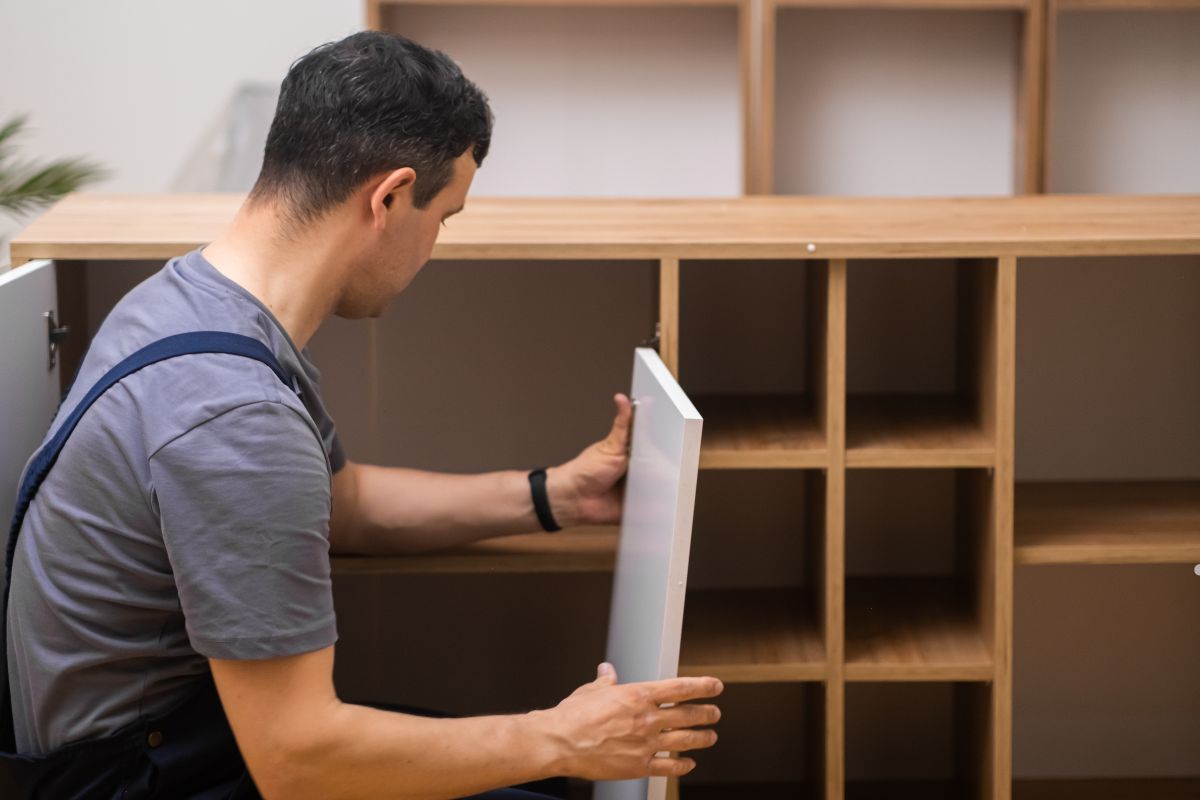
Is your favorite chair falling apart? Do you feel like furniture is designed to be thrown away rather than fixed? The Right to Repair movement is here to change that! This article will explain what the Right to Repair means for your furniture, why it matters, and how you can take action to extend the life of your belongings.
What is the Right to Repair?

The Right to Repair is a growing global movement advocating for consumer rights to repair their own electronics, appliances, and now, increasingly, furniture. It challenges manufacturers who restrict access to parts, tools, and information needed for repairs, ultimately leading to more waste and less consumer choice. Think of it as your right to fix what you own.
The Disposable Furniture Culture
We live in a culture increasingly dominated by cheap, mass-produced furniture designed for short-term use. This “disposable furniture” trend leads to unnecessary waste and puts a strain on the environment. Many pieces are made with low-quality materials and construction techniques, making them difficult, if not impossible, to repair. This is often driven by planned obsolescence, a deliberate design strategy to ensure products become obsolete or unusable within a certain timeframe, forcing consumers to buy replacements. The environmental impact is significant, as discarded furniture contributes to landfill waste, deforestation, and pollution. Call us to explore eco-friendly furniture repair solutions!
Why Right to Repair Matters for Furniture
Repairing your furniture offers many benefits:
- Saving Money: Repairing furniture is often far cheaper than buying new pieces, especially for quality items that are worth preserving.
- Reducing Waste: Extending the life of your furniture reduces landfill waste and conserves natural resources.
- Preserving Craftsmanship: Repairing older furniture can help preserve the craftsmanship and unique character of these items, many of which are made with higher-quality materials than modern pieces.
- Personal Satisfaction: There’s a great sense of satisfaction that comes from fixing something yourself and giving it a new lease on life.
What’s Stopping Us from Repairing Furniture?
Despite the benefits, many barriers prevent us from repairing our furniture:
- Lack of Accessible Parts: Manufacturers often don’t sell replacement parts, making it difficult to fix broken pieces.
- Proprietary Fasteners and Designs: Some furniture uses proprietary fasteners or complicated designs that make repairs challenging without specialized tools or knowledge.
- Limited Repair Information: Repair manuals and schematics are rarely provided to consumers, making it difficult to diagnose and fix problems.
- Warranty Restrictions: Some warranties are voided if you attempt to repair the furniture yourself.
The Right to Repair Movement and Furniture

Right to Repair legislation can help overcome these barriers by:
- Ensuring Access to Parts and Tools: Mandating that manufacturers make parts and tools available to consumers and independent repair shops.
- Providing Repair Manuals and Schematics: Requiring manufacturers to provide repair manuals and other technical information.
- Promoting Fair Warranty Practices: Preventing manufacturers from voiding warranties simply because consumers attempt to repair their own furniture.
Taking Action: Repairing Furniture Yourself
With the right resources and information, many furniture repairs can be done yourself. Here are some tips:
- Finding Repair Guides and Tutorials: Search online for repair guides and tutorials specific to your furniture type and problem. YouTube is a great resource for visual learners.
- Sourcing Replacement Parts: Check online retailers like Amazon, eBay, or specialty furniture hardware stores for replacement parts.
- Essential Tools for Furniture Repair: Invest in a basic set of tools, including a screwdriver set, pliers, hammer, wood glue, and sandpaper.
- Safety Precautions: Always wear safety glasses and gloves when working with tools and chemicals.
Finding Professional Furniture Repair Services
Some furniture repairs are best left to the professionals. These include furniture repair services that require expertise and precision, such as structural restoration, refinishing, and intricate repairs.:
- Complex Structural Repairs: Repairs involving broken frames, springs, or complex upholstery.
- Antique Furniture Restoration: Restoring antique furniture requires specialized skills and knowledge to preserve its value and integrity. Learn more about antique repair.
- Repairs Requiring Specialized Tools: Some repairs require specialized tools or equipment that are not typically available to consumers.
The Future of Furniture and Right to Repair
We can advocate for a more sustainable furniture industry by:
- Supporting Right to Repair Legislation: Contacting our elected officials and urging them to support Right to Repair laws.
- Choosing Repairable Furniture: Buying furniture made with durable materials and designed for easy repair.
- Promoting a Circular Economy: Embracing a circular economy where products are designed to be reused, repaired, and recycled.
Let’s build a future where furniture is made to last! Support the Right to Repair movement and join us in creating a more sustainable world. If you need to repair your furniture Call us , we are happy to help you to fix your favorite furniture.”
FAQs
Is the Right to Repair law already passed for Furniture?
Right to Repair laws vary by state and focus primarily on electronics and agricultural equipment currently. However, the momentum is building to include other products, including furniture.
What kind of furniture is suitable to repair?
Most types of furniture can be repaired, from wooden chairs and tables to upholstered sofas and dressers. The feasibility of repair depends on the extent of the damage and the availability of parts.
How do I know If I need to Repair or Replace?
It is important to consider the furniture’s age, condition, and value. In many cases, particularly with high-quality or sentimental pieces, repairing is almost always preferred than replacing the furniture with low quality pieces. However, you may [Call us] and we can help you to make the right decision.
Conclusion
The Right to Repair furniture is about empowering consumers, reducing waste, and creating a more sustainable future. By supporting the Right to Repair movement, making informed purchasing decisions, and embracing DIY repairs, we can all contribute to a culture of repair and extend the life of our belongings. If you need assistance with your furniture repair projects, don’t hesitate to contact us for expert help!
